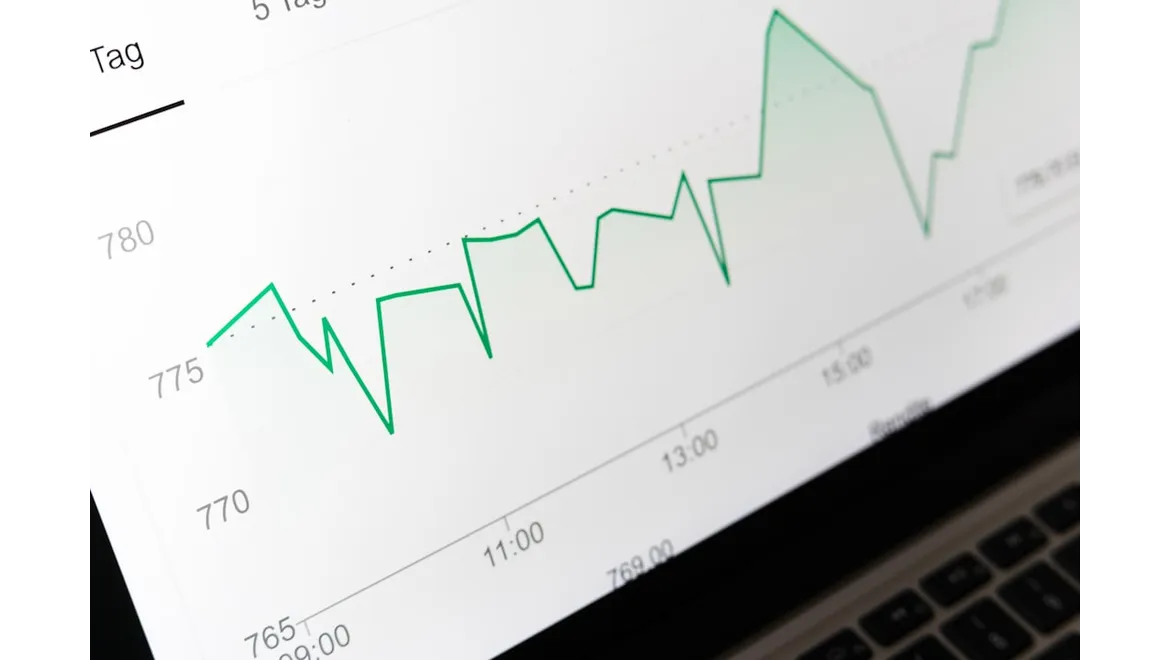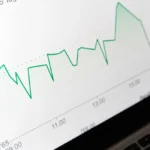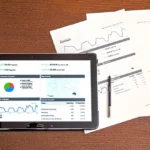Right, so I sat down for a cuppa (Yorkshire Gold, naturally) with Brooke the other day. Brooke is a bit of a wizard when it comes to Facebook ads, and I wanted to pick her brain about something I’ve been wrestling with: how to really make influencer campaigns on Facebook deliver tangible results. We often splash the cash on influencers, but sometimes the ROI feels a bit…fuzzy. Turns out, the Facebook Pixel is the key, and Brooke broke it down beautifully. Here’s what I learned:
The Basic Setup: Pixel Power Unleashed
First things first, you need the Facebook Pixel installed on your website. I know, sounds technical, but it’s actually quite straightforward. Go to your Facebook Ads Manager, navigate to Events Manager, and create a new Pixel. Facebook will give you a little snippet of code. You (or your web developer) needs to paste this code into the <head> section of every page of your website. This allows Facebook to track who’s visiting your site.
Brooke stressed the importance of setting up events within the Pixel. These are specific actions you want to track, like someone viewing a product page, adding something to their cart, or completing a purchase. You can set these up using Facebook’s event setup tool, or, if you’re more technically inclined, through custom code.
Retargeting Gold: Targeting Influencer-Engaged Users
This is where the magic happens. Let’s say you’ve partnered with a Facebook influencer who’s created a video showcasing your amazing new widget. You’ve got a good number of views, some likes, but what about sales? That’s where retargeting comes in.
Brooke explained that you can create custom audiences based on how people have interacted with that influencer’s content. Here’s how:
-
Video Views: In Ads Manager, create a custom audience based on people who have watched a certain percentage (e.g., 25%, 50%, 75%, 95%) of the influencer’s video. This means you’re targeting individuals who showed a genuine interest in your product/service. This is perfect for retargeting with a specific offer relating to that exact product or service
-
Website Visitors from Influencer Links: If the influencer included a link to your website in their post or video description, you can create a custom audience of people who clicked that link and landed on your site. Use your website’s URL builder (often provided by Google Analytics, or your CRM) to make sure that you can track the traffic from the influencer’s specific link.
-
Event Triggers: If the influencer drove traffic to a specific landing page, you can retarget users who triggered events on that page (like submitting a form or adding an item to their basket). Think specific campaign offers or targeted product lines
Once you’ve created these custom audiences, you can then create retargeting ads that are specifically tailored to them. Instead of showing them generic ads, you can show them ads that build on the influencer’s message, address common questions, or offer exclusive discounts.
Crafting the Perfect Retargeting Ad: Speak Their Language
Brooke emphasised that the key to successful retargeting is relevance. Don’t just show these users the same generic ads they’ve already seen. Instead:
-
Reference the Influencer: Use their name or image in your retargeting ad to create a connection and remind users of the original content they saw. For example: “Still thinking about [Influencer Name]’s review of our widget? Get 10% off today!”
-
Address Potential Objections: If the influencer’s content sparked any questions or concerns in the comments, address those in your retargeting ad. For instance: “Worried about [specific feature]? Here’s how it works…”
-
Offer a Strong Call to Action: Make it clear what you want users to do next. Whether it’s visiting a product page, signing up for a newsletter, or making a purchase, tell them exactly what to do and offer an incentive to take action. Use a pixel-powered retargeting strategy to drive conversions.
Authenticity and Alignment: Choosing the Right Influencer
Of course, none of this works if you’re partnering with the wrong influencers. Brooke was adamant about the importance of choosing influencers who genuinely align with your brand’s values and target audience’s interests. Don’t just go for the biggest numbers; look for authenticity, engagement, and a genuine connection with their audience. Look at similar brands that align with you – and whether those influencers have already worked with them
Measuring Success: ROI is King
Finally, Brooke stressed the importance of tracking your results. Use Facebook Ads Manager to monitor your conversion rates, cost per acquisition (CPA), and return on ad spend (ROAS) for your retargeting campaigns. This will help you identify what’s working and what’s not, so you can optimise your campaigns for maximum ROI. For example, measure the difference of traffic driven direct from influencer activity, versus traffic driven by your website’s own content to similar areas.
So, there you have it. Using the Facebook Pixel to retarget users who have engaged with influencer content is a powerful way to turn those initial impressions into actual sales. By creating custom audiences based on video views, website visits, and event triggers, you can deliver highly relevant and targeted ads that drive conversions and boost your ROI. Remember to choose authentic influencers who align with your brand, and always track your results to ensure you’re getting the most out of your campaigns.
Essentially, we’ve covered how to install the Facebook Pixel, track user actions (events), create custom audiences based on influencer engagement (video views, website visits), craft targeted retargeting ads referencing the influencer and addressing concerns, the necessity of authentic influencer partnerships and a focus on measuring key performance indicators (KPIs) like conversion rates and ROAS to optimise campaigns and maximise their impact. Applying all these insights you will truly create campaigns that convert views into sales!











